Managing large properties comes with its own set of challenges, especially when it comes to pest control. A small infestation can quickly turn into a major problem if not managed properly. This is where Advanced Integrated Pest Management (IPM) comes into play. IPM is not just about controlling pests – it’s a holistic approach that focuses on long-term prevention through a combination of techniques such as biological control, habitat manipulation, and the use of resistant varieties.
In this article, we’ll dive deep into how IPM can be effectively implemented in large properties, ensuring a safe, healthy, and pest-free environment.
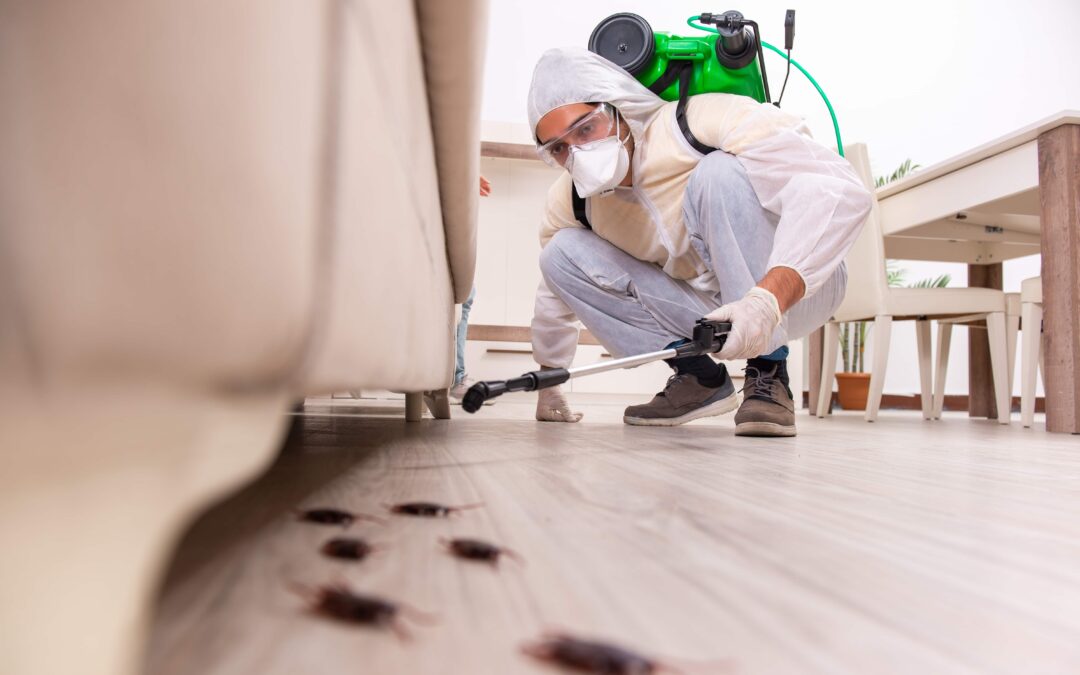
Understanding Integrated Pest Management
First, let’s break down what apartment pest control really means. IPM is an ecosystem-based strategy that focuses on long-term prevention of pests or their damage through a combination of techniques such as biological control, habitat manipulation, modification of cultural practices, and use of resistant varieties.
Chemical pesticides are used only after monitoring indicates they are needed and in a manner that minimises risks to human health, beneficial and non-target organisms, and the environment.
The core of IPM is its emphasis on understanding the life cycles of pests and their interaction with the environment. This information, in conjunction with available pest control methods, is used to manage pest damage by the most economical means and with the least possible hazard to people, property, and the environment.
The Importance of Regular Monitoring
For large properties, regular monitoring is key to the success of an IPM program. This involves not just identifying the pest, but also understanding its behaviour, lifecycle, and the factors that are contributing to its presence on your property. Monitoring isn’t a one-time task – it’s an ongoing process. It helps property managers make informed decisions about whether pest control measures are needed, and if so, what kind.
Monitoring involves inspecting the property regularly, identifying pests correctly, and determining the extent of the infestation. It also includes keeping records of what was found during inspections, which can be invaluable in tracking trends and patterns over time. This data-driven approach allows for more targeted and effective pest control strategies.
Cultural Controls: The First Line of Defense
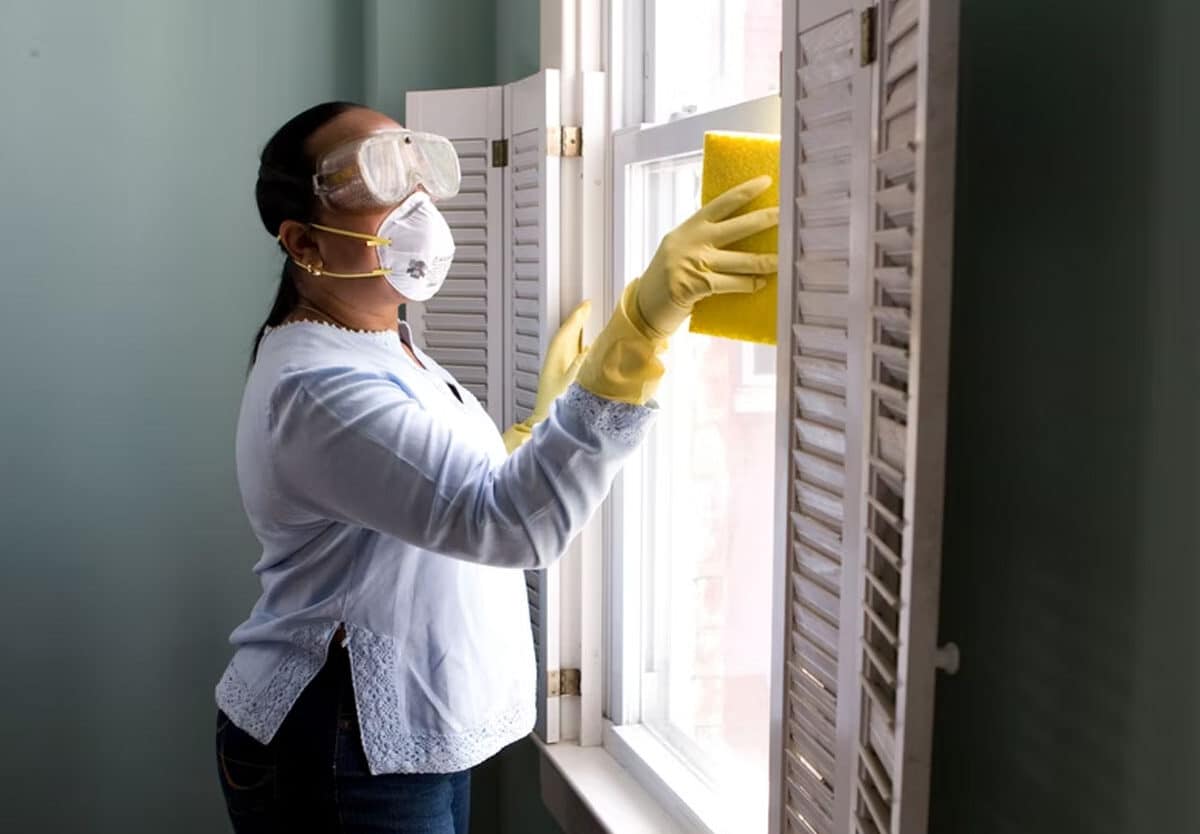
Cultural controls are practices that reduce pest establishment, reproduction, dispersal, and survival. For large properties, this could mean ensuring proper sanitation, waste management, and landscape maintenance. Something as simple as regularly mowing lawns, trimming bushes, and removing debris can significantly reduce pest habitats.
Another aspect of cultural control is the design and maintenance of the property. For example, ensuring that buildings are properly sealed and that there are no easy entry points for pests. This also includes proper drainage systems to prevent standing water, which can be a breeding ground for pests like mosquitoes.
Biological Control: Nature’s Way of Pest Management
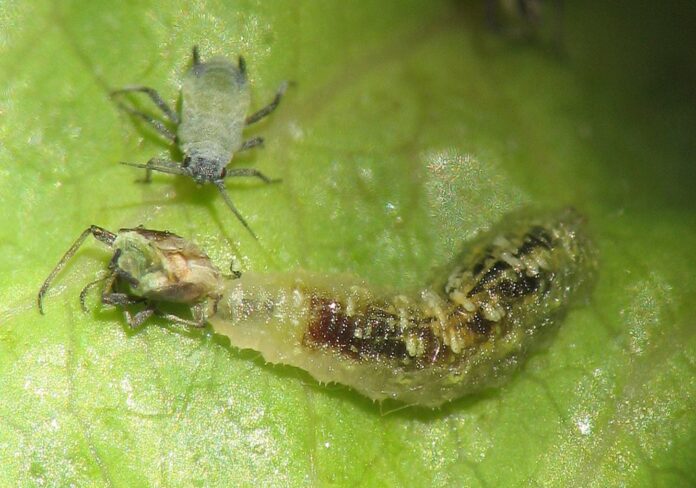
Biological control involves the use of natural enemies of pests – predators, parasitoids, and pathogens – to control pest populations. This method is particularly beneficial for large properties as it offers a sustainable, long-term solution to pest problems.
For instance, introducing or encouraging beneficial insects like ladybugs to control aphid populations in large gardens or landscapes. Another example is using bacterial insecticides that target specific pests without harming other organisms. Biological control requires a deep understanding of the ecosystem and should be implemented by professionals with expertise in this area.
Chemical Controls: Using Them Wisely
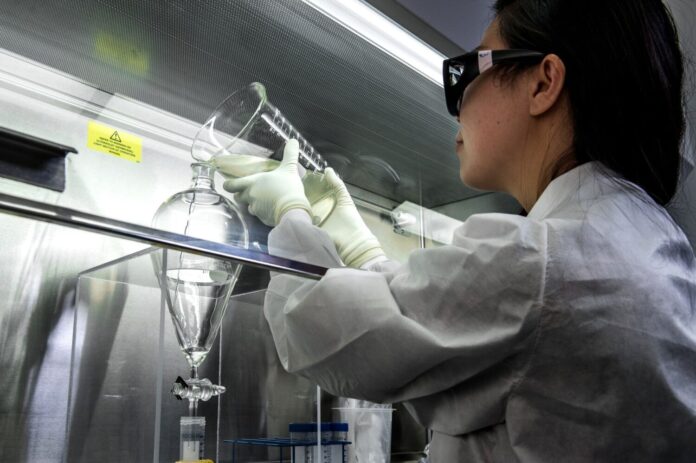
While IPM emphasises the reduction of chemical use, there are situations where chemical controls may be necessary. The key here is to use them wisely and responsibly. This means choosing products that are effective against the target pest but have minimal impact on non-target organisms and the environment.
Chemical controls should always be used as a last resort, after all other methods have been considered or tried. When used, they should be applied in a way that minimises exposure and risk. This includes following label instructions carefully, using the right amount of product, and applying it at the right time and in the right conditions.
For large properties, integrating chemical controls into an IPM strategy must be done with precision. This involves identifying the most effective treatment period, often during the pest’s most vulnerable stage, and targeting specific areas rather than widespread application. It’s also crucial to rotate chemical classes to prevent pest resistance.
Mechanical and Physical Controls: An Essential Component
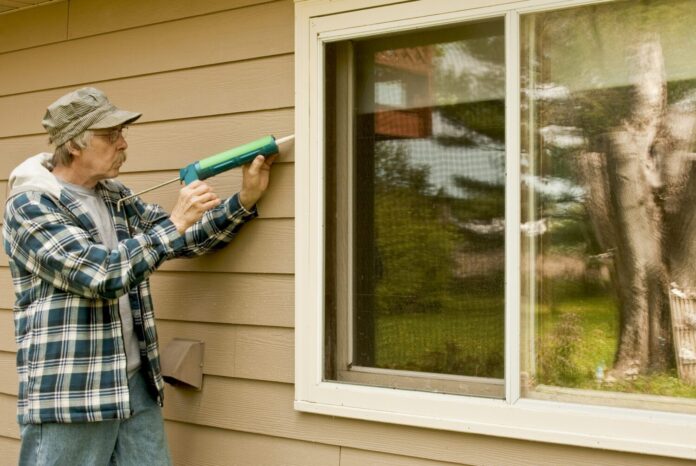
In addition to biological and chemical strategies, mechanical and physical controls play a vital role in an IPM program. These methods involve using equipment or devices to keep pests out, trap them, or create physical barriers. For large properties, these can range from simple window screens and door sweeps to more sophisticated trapping systems and fencing.
For instance, using light traps for flying insects or pheromone traps for moths can be effective. Another example is the use of netting or row covers in agricultural areas to protect crops from pests. These methods can be particularly effective as they often provide immediate results and can be used in conjunction with other IPM strategies.
Habitat Manipulation: Altering the Environment
Altering the environment to make it less conducive to pests is another key aspect of IPM. This can involve a range of strategies, from modifying the landscape to changing irrigation practices. The goal is to create conditions that are unfavourable for pests but beneficial for the property and its inhabitants.
For example, reducing moisture levels can help control pests like mosquitoes and cockroaches. This could involve fixing leaky faucets, ensuring proper drainage, and using drought-tolerant plants to reduce the need for irrigation. Similarly, planting certain types of vegetation that repel specific pests or attract their natural predators can help manage pest populations naturally.
Education and Communication: Engaging Stakeholders
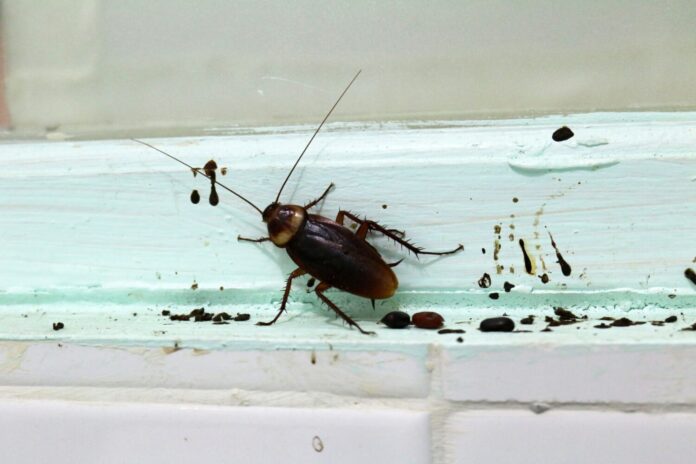
An often-overlooked aspect of IPM on large properties is education and communication. Engaging all stakeholders – from property management staff to tenants – is crucial for the success of an IPM program. Educating them about the principles of IPM, the role they play in pest prevention, and the steps they can take to help can significantly enhance the effectiveness of your pest management efforts.
Regular training sessions, informational pamphlets, and consistent communication can keep everyone informed and involved. When stakeholders understand the importance of their role in pest management and are equipped with the knowledge to make a difference, they become active participants in the IPM process.
Evaluating and Adjusting the Strategy
Finally, an effective IPM program is not static; it requires ongoing evaluation and adjustment. This involves regularly reviewing the results of your pest management efforts, analysing what’s working and what’s not, and making necessary adjustments. For large properties, this might mean tweaking the monitoring schedule, introducing new control methods, or re-educating stakeholders.
Consistent evaluation ensures that your IPM strategy remains effective over time and adapts to changing conditions. It’s a process of continuous improvement, aimed at achieving the most efficient and effective pest management possible.
Conclusion
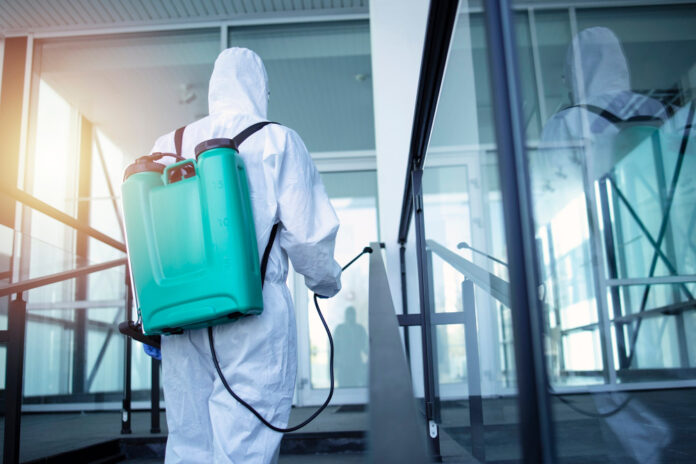
Advanced Integrated Pest Management for large properties is a dynamic and comprehensive approach that goes beyond just eliminating pests. It involves a deep understanding of pest biology and behaviour, a commitment to using a variety of techniques in a coordinated way, and the flexibility to adapt as situations change. By implementing these advanced IPM techniques, property managers can effectively manage pest issues in a sustainable, environmentally friendly way, ensuring the health and safety of their properties and their inhabitants.

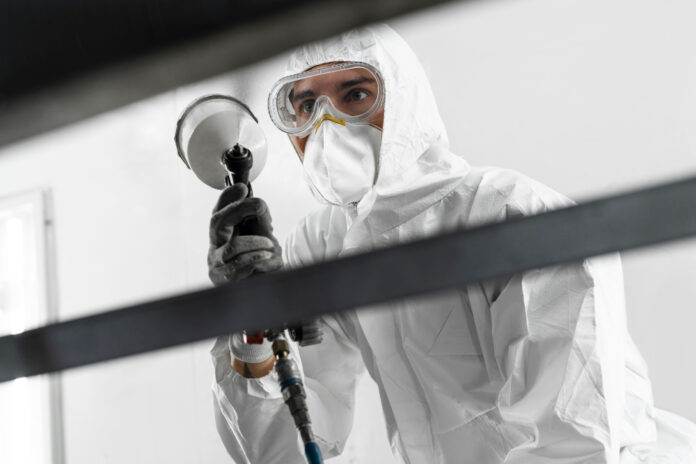



![Calgary’s Hottest Neighborhoods for Luxury Homebuyers [2024]](https://thewashingtonote.com/wp-content/uploads/2024/04/Calgary-324x160.png)



